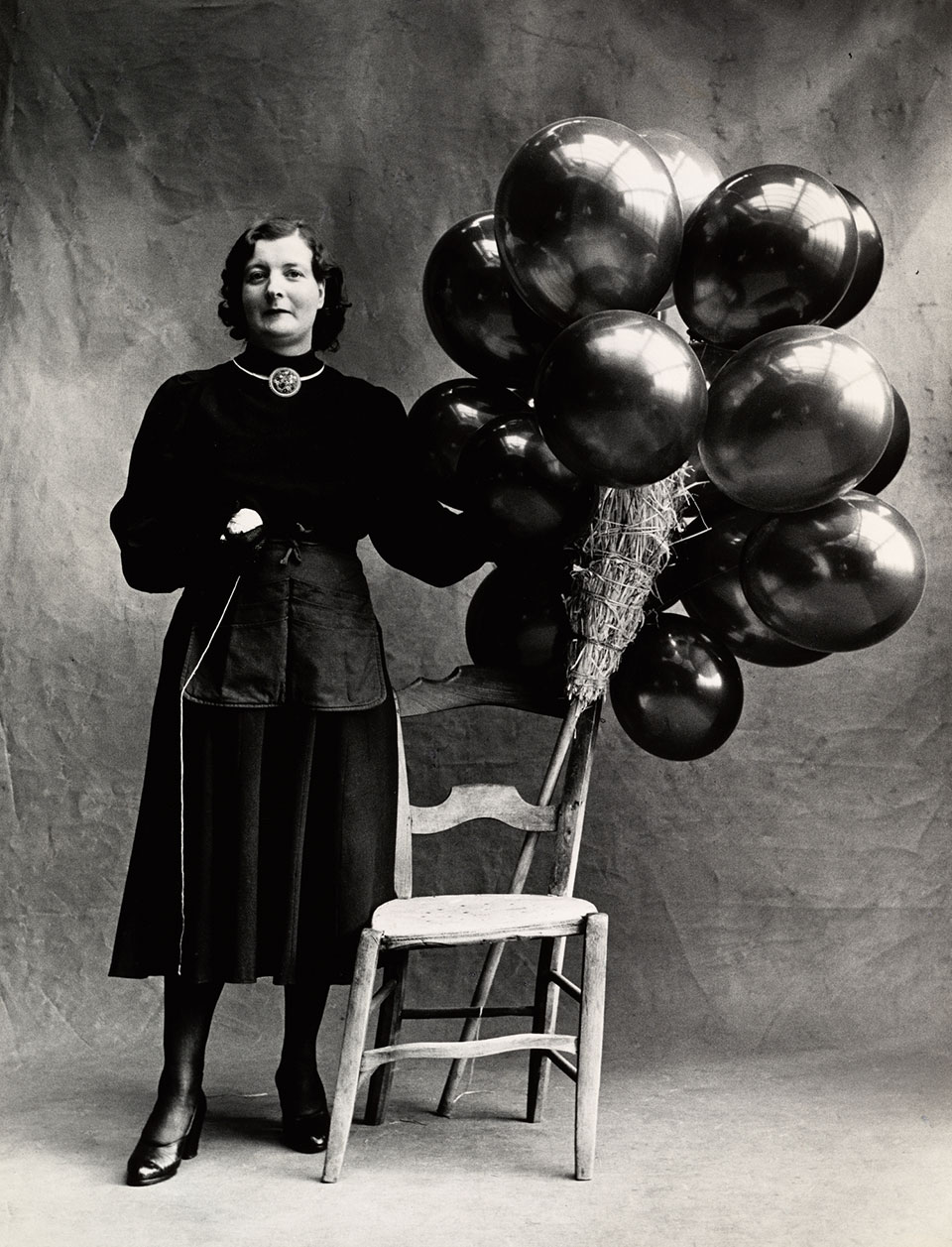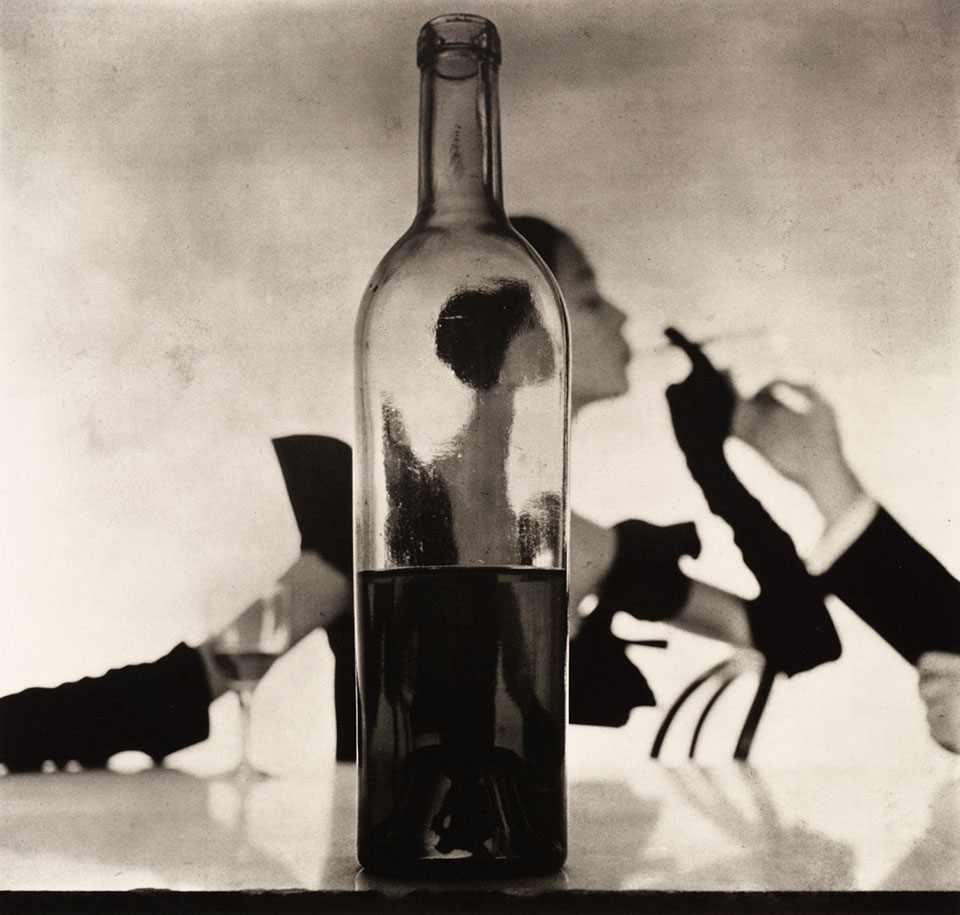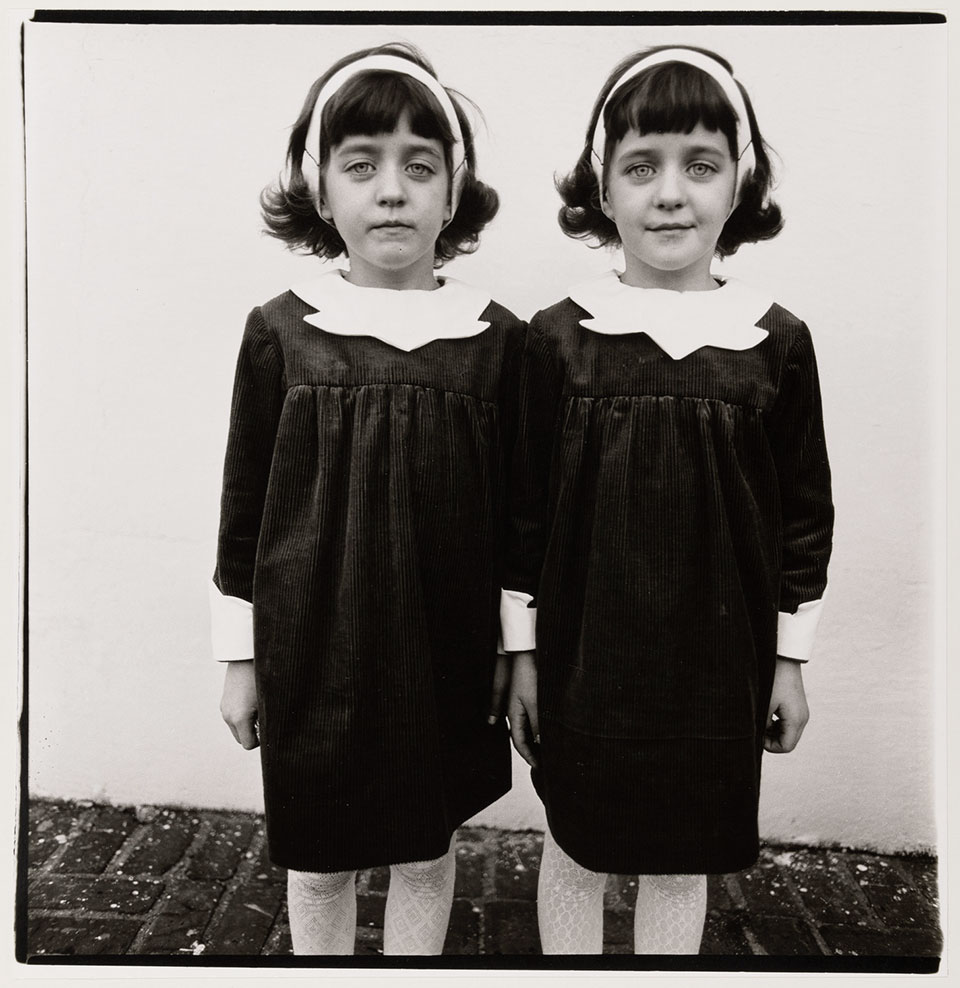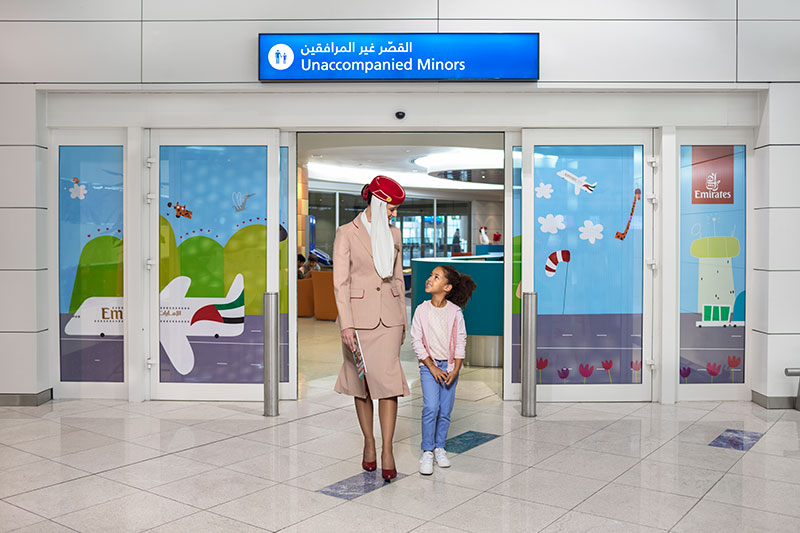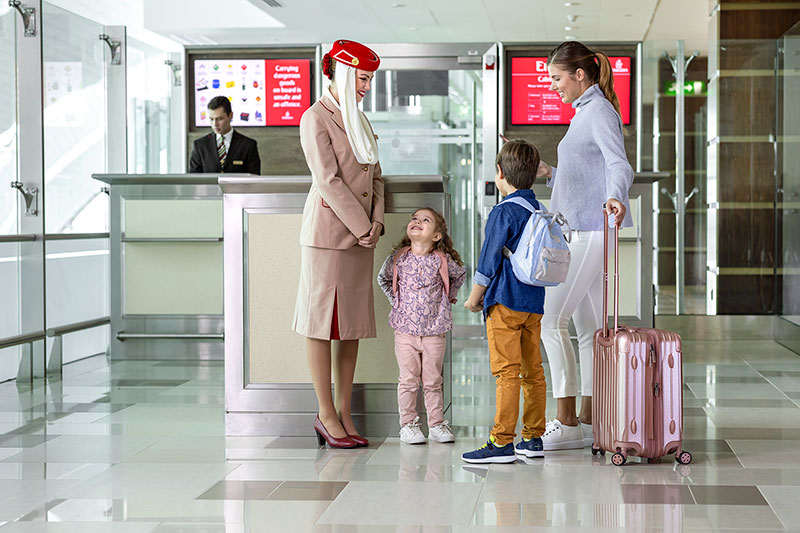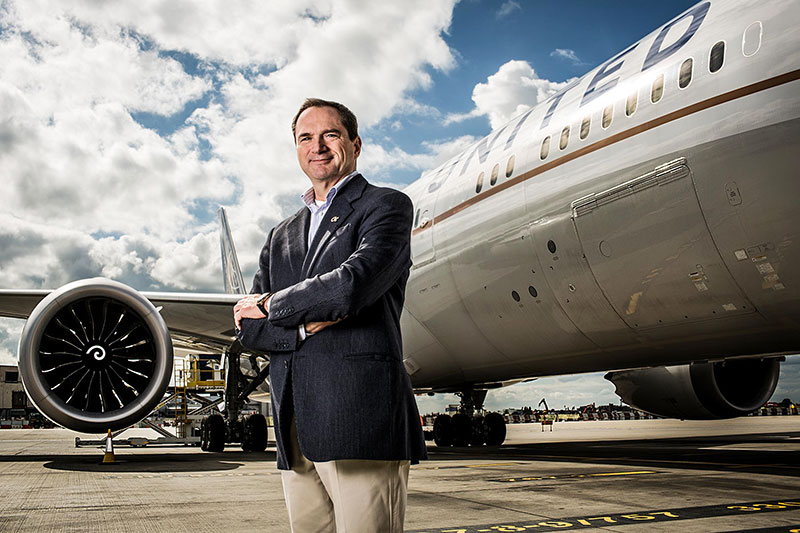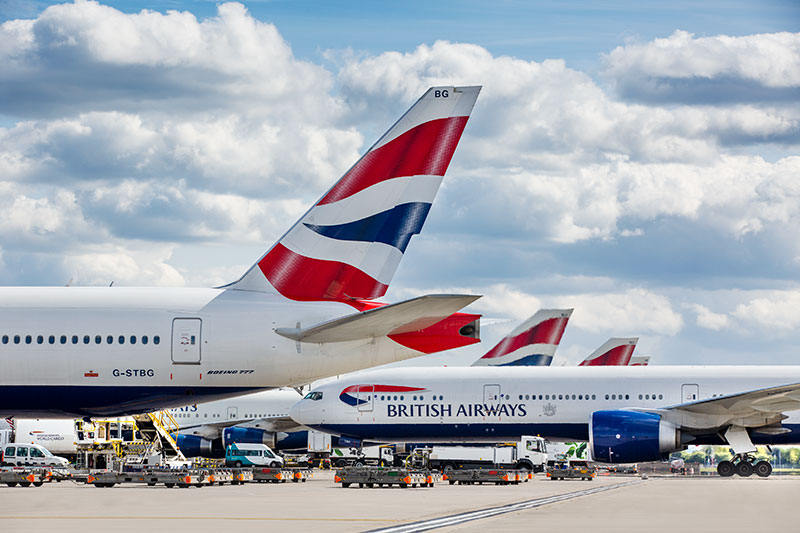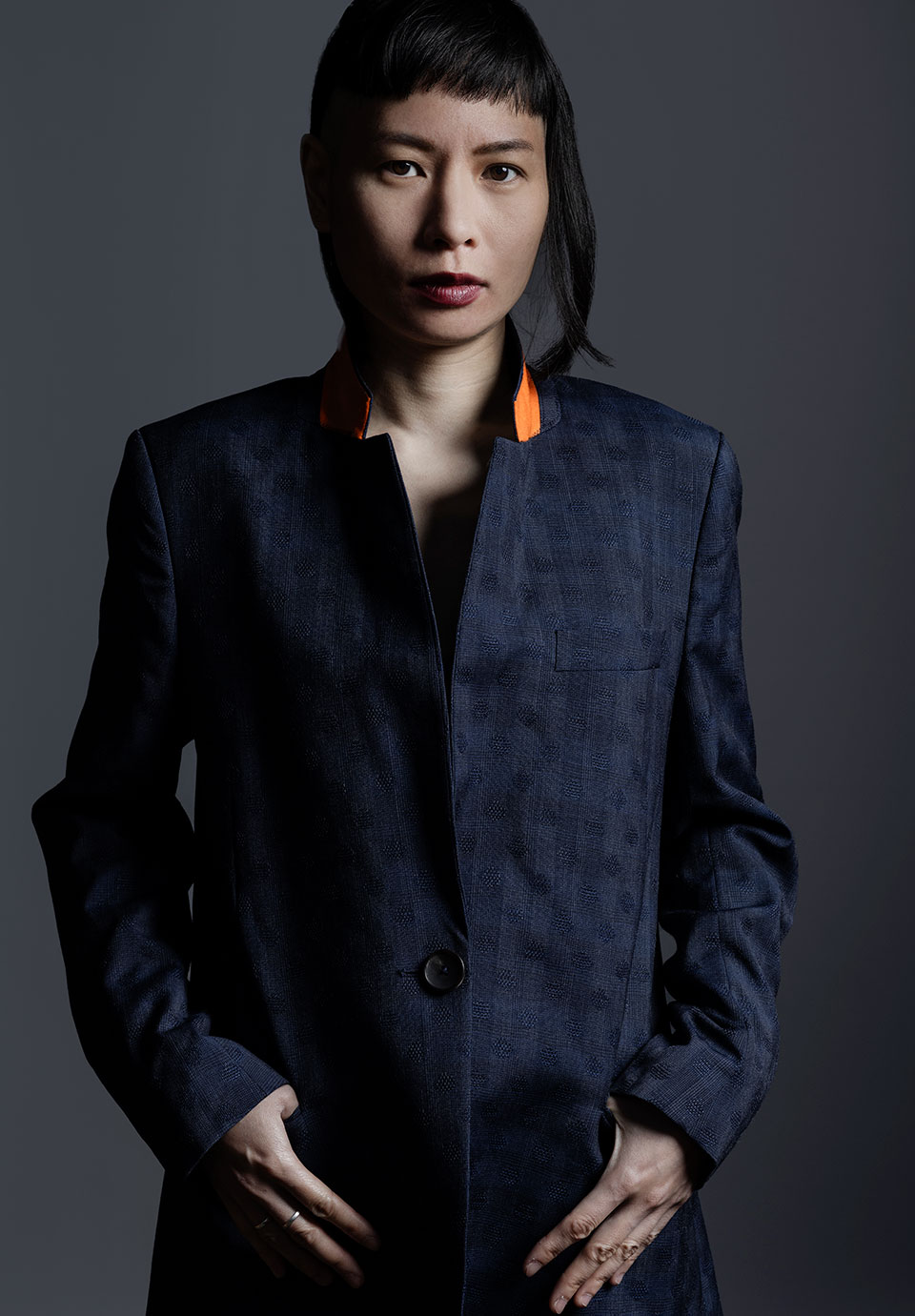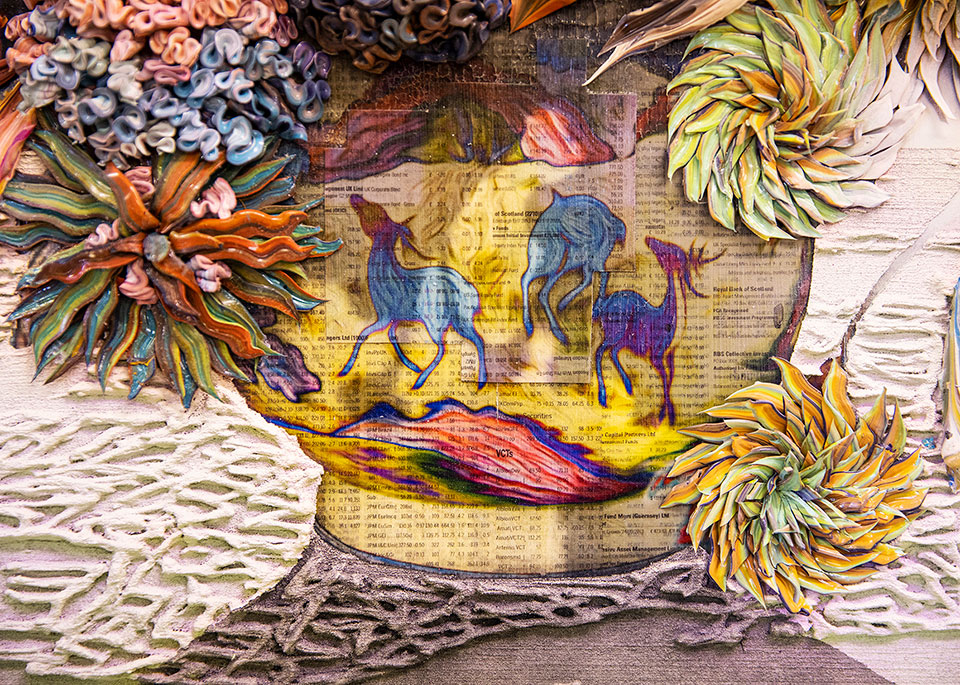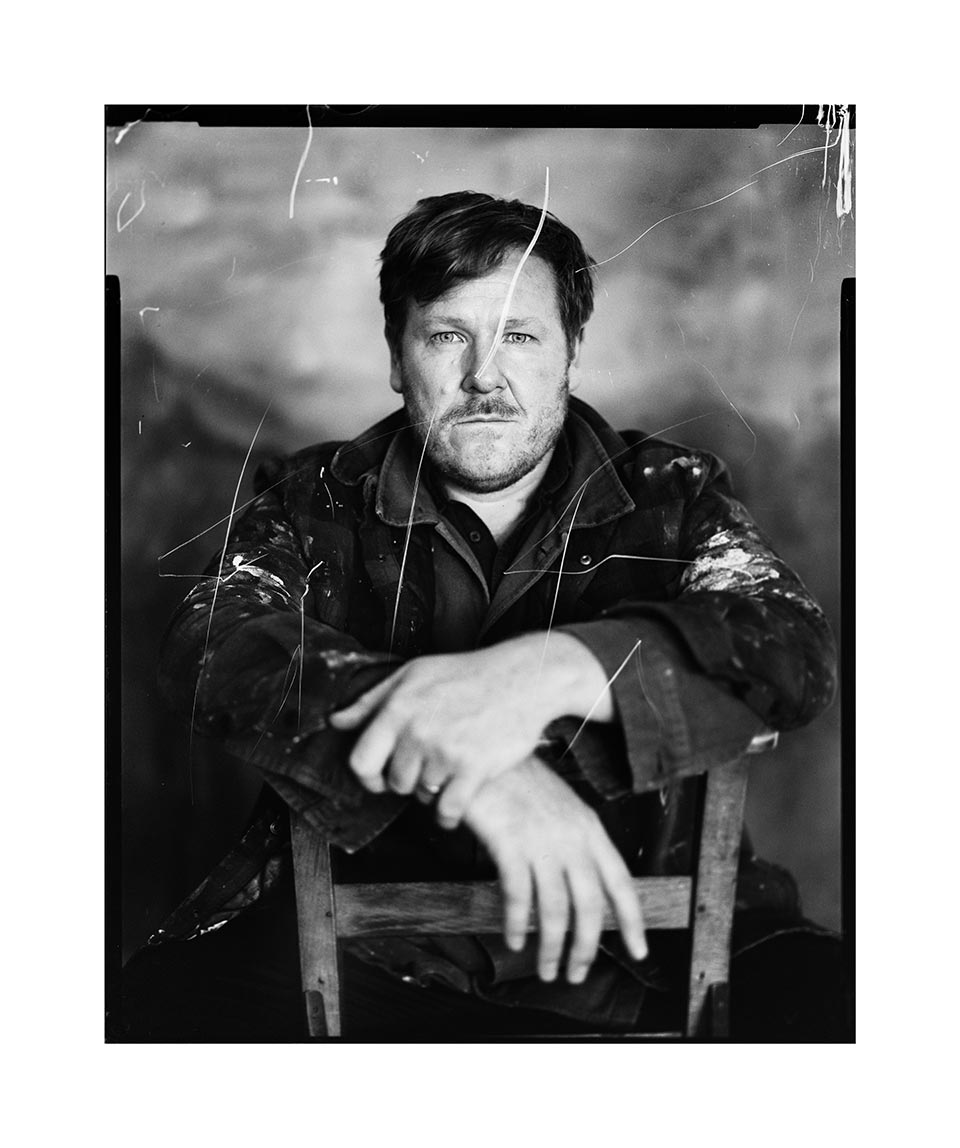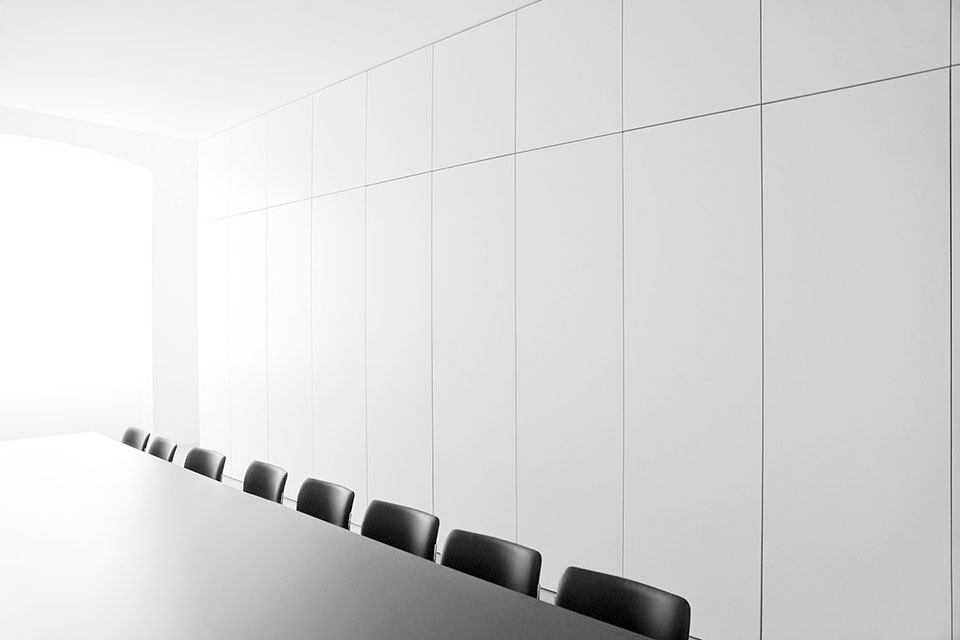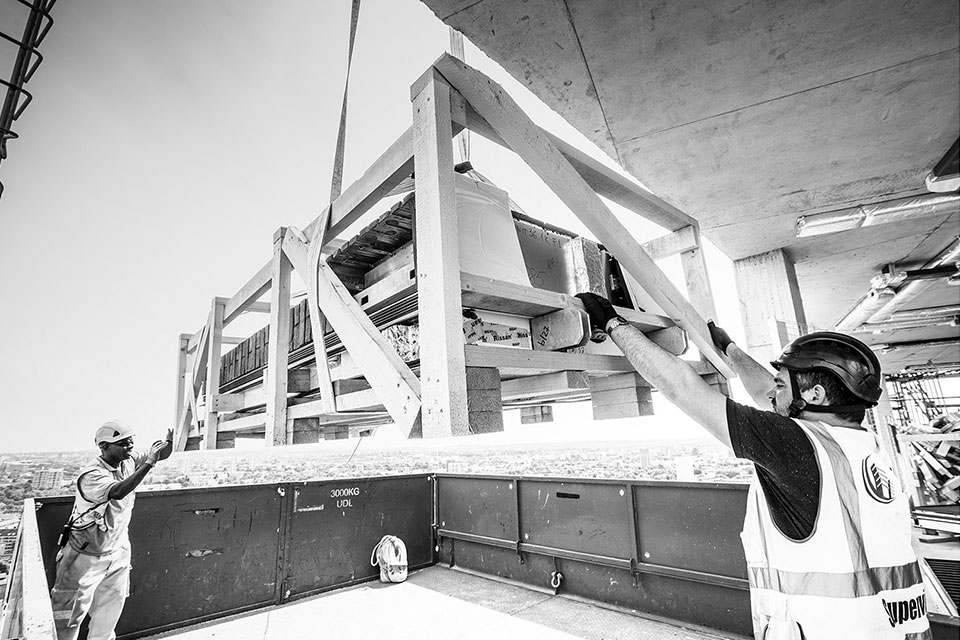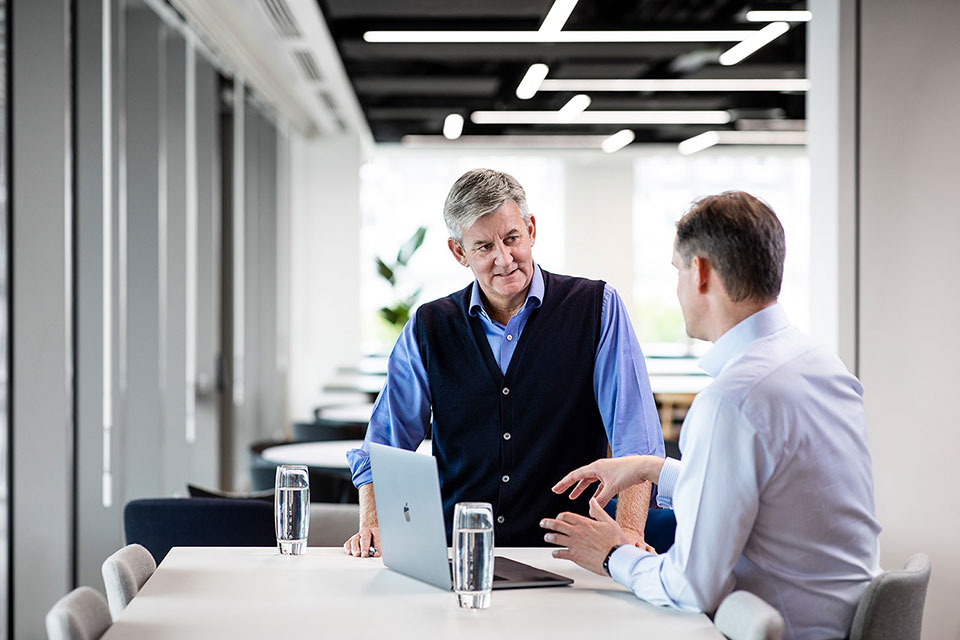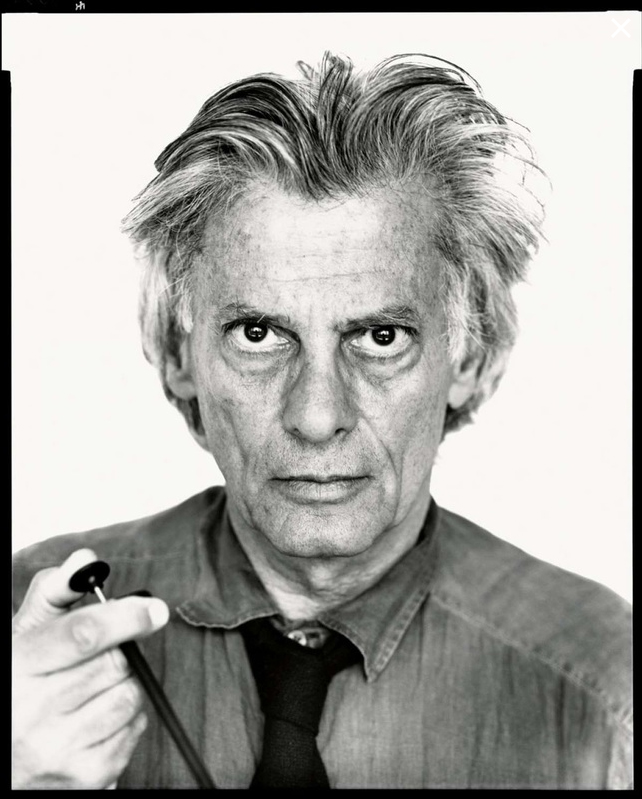Interview with photographer Richard Boll about his forthcoming exhibition Expression: Portraits of Artists
What inspired you to create the Expression series, and how did you choose the artists you photographed?
The inspiration for the series goes back to 1997 while I was studying at Edinburgh College of Art. I worked on a personal project photographing Scottish artists including Callum Innes, Elizabeth Blackadder, Callum Colvin, and John Houston which was a very enjoyable process and was an experience that really stuck with me.
In 2014, I had the opportunity to photograph Bruce McLean at his London studio and it was this portrait that initiated the idea for the Expression project. I was keen to reference the artist’s work by incorporating the teacup and saucer, which I bought from a charity shop. This references the work Tea on the Knee (1971). The blank canvases seen in the background inspired me to invite Bruce to paint on the final photographic print, which he generously agreed to, and that’s really where the concept was born. We reconnected in 2024 and McLean added a painting of a sculpture of a jug onto the final portrait and I’m delighted with the result.

It’s been a really interesting process of reaching out to artists to be a part of this project. I’ve tried to take a democratic approach inviting a broad range of artists from different disciplines. Some respond positively, some politely decline, and then it comes down to scheduling and availability as they are all busy people with their own creative practice. They all share one thing in the common which is that they all produce inspiring work that I’m keen to highlight through these images.
Can you share some of the most memorable moments you experienced while photographing the artists for this exhibition?
Each portrait shoot has been extremely memorable in its own way. I’ve enjoyed telling the story of the people behind the artworks through these images and I’ve found it interesting visiting their homes, studios, and working spaces. Some artists have embraced the opportunity to add collaborative elements to their portraits.
Visiting Gavin Turk’s studio in London was a fantastic experience. I was welcomed by a delightful team who were very accommodating as I had a series of different portraits planned, including Turk signing his name with a torch. Prior to the shoot, I tested this process at my home studio with a red torch to ensure a good exposure for the final shot. I felt very honoured to see bodies of work in process. For example, Turk’s candle paintings were underway in the studio on the day of the shoot. I then saw the completed paintings at a show at the Ben Brown Fine Arts in the winter of 2022-23.

Another memorable moment from this project was working with the fantastic Adam Chodzko. He was really engaged in the performative element and we spent the day driving around Kent to create some really interesting shots of him wading around in a pond, emerging from the sea in a suit and also dragging some sheets across a car park… It was a slightly surreal and highly memorable experience. I’m very grateful for his time.
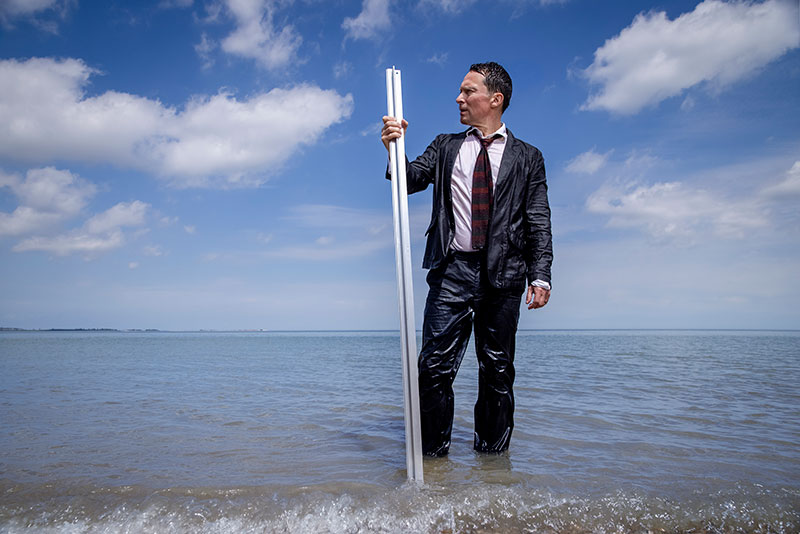
I also enjoyed visiting Ann Christopher’s home and workshop just north of Bath. It’s a wonderful and inspiring space. Christopher curated the RA Summer Exhibition and had selected one of my photographs for the show, which is how we connected. I invited her to be part of the project and she was really enthusiastic. I enjoyed talking with her and it feels like a very fortuitous meeting.

Were there any challenges you experienced?
The biggest challenge was scheduling the shoots. There are 13 different busy artists featured in this project to date and others I have been in dialogue with. Trying to manage shoot days in different locations around my commercial work has certainly been a challenge.
Relinquishing elements of creative decision-making and control has been very good for me, and to some extent challenging to my standard working methods. Each subject and portrait has had an individual approach and some artists have added collaborative elements to the finished photographic portrait. That creates a moment of anticipation during the reveal, not knowing how the artist has made their mark. But each time I’ve been overwhelmed with their contribution, from seeing Gordon Cheung’s digital glitch, to Bruce McLean’s painting of a sculpture of a jug, and Ann Christophers’ cuts and collage approach. Collaborating with artists opens the door for works to be created that are beyond my creative potential and is a very exciting process.
How do you approach capturing the essence of an artist in a portrait?
It all starts with research. I look carefully at each artist’s work and read as much as I can about them. I then try to plan 2-3 specific shots. I am always open-minded about being spontaneous on the day of the shoot, especially as many of the subjects are people I’m meeting for the first time in a space I’ve never seen before. To illustrate this, at Turk’s studio the illuminated signature was one of my original planned shots, but one of my favourite outcomes from the day was the seated portrait where he is facing away which was a spontaneous idea on the day.
Similarly, with Marie Harnett, I was eager to keep the approach spontaneous and fluid to reflect the film-like nature of her work. Not over-planning was the plan…

With Cornelia Parker, I originally planned to use a backdrop and studio lighting. But on the day, I ended up using a handheld Hasselblad with natural daylight for the final portrait negating the need for some of the equipment I had taken, but you don’t always know that in advance. When you’re going to shoot in a space you haven’t seen before, planning is important, but sometimes you need to be open-minded and reactive about how to capture the person most effectively.
How does the project Expression contribute to the conversation of photography, art, and portraiture?
What interests me is the element of representation. The traditional model of photographic portraiture is that the sitter is typically invited to a photographer’s studio and told what to do by the photographer. Often there is not a great deal of input from the subject and I find that power position can be questionable.
I’ve enjoyed the dialogue created through the process that has resulted in a celebration of individuality, artistry, and collaboration. These portraits are an extension of that dialogue.
I’ve been interested in photographic portraiture since I started studying the medium in 1993. It can communicate the significance of these amazing creative people and hopefully encourage people to explore their work further. Photographs can be wonderful triggers for curiosity.
What do you hope viewers will take away from the Expression exhibition?
I hope people enjoy the show and that they have the opportunity to discover artists they might not have been aware of previously, encouraging them to investigate their work and ideas.
How does it reflect your evolution as a photographer?
I frequently carry out portrait shoots for my commercial work but this project has enabled me to explore different approaches to portraiture. From new and experimental methods to using medium and large format cameras which I don’t use in my commercial work, and hand-printing in the darkroom after a break of 20 years. I’ve loved the process and I’m delighted with the results.
I’ve also enjoyed the process of bringing a personal project through to an exhibition and I hope to continue to develop my personal practice alongside my commercial photography. Curating the exhibition has provided an opportunity to pause and reflect on this project, which I see as an ongoing work in progress. I’m already in dialogue with other subjects and plan to keep building on this body of work and to hold future exhibitions.
Expression is a compelling new photography exhibition showcasing a series of portraits of celebrated contemporary artists including Rana Begum, Cornelia Parker, and Gavin Turk. The free exhibition will run from Friday 4th October to Sunday 13th October at the Regency Town House gallery in Brighton as part of the Photo Fringe calendar of events. Limited edition prints from the project will be available to purchase at richardboll.art from 4th October.
Key details:
Location: The Regency Town House, 13 Brunswick Square, Brighton and Hove, BN3 1EH
Exhibition opening times:
Tuesday – Friday 11am – 4pm
, Saturday & Sunday 11am – 5pm
Monday closed
About Photo Fringe
The biennial, open-platform Photo Fringe festival runs 4 October – 14 November with exhibitions and events taking place online and in venues across its home city of Brighton & Hove and along the south coast from Newhaven to Portsmouth. The programme presents a vibrant mix of lens-based work from emerging practitioners and well-established names, in galleries, cafés, pop-up venues, outdoor installations, and other extraordinary spaces. photofringe.org
